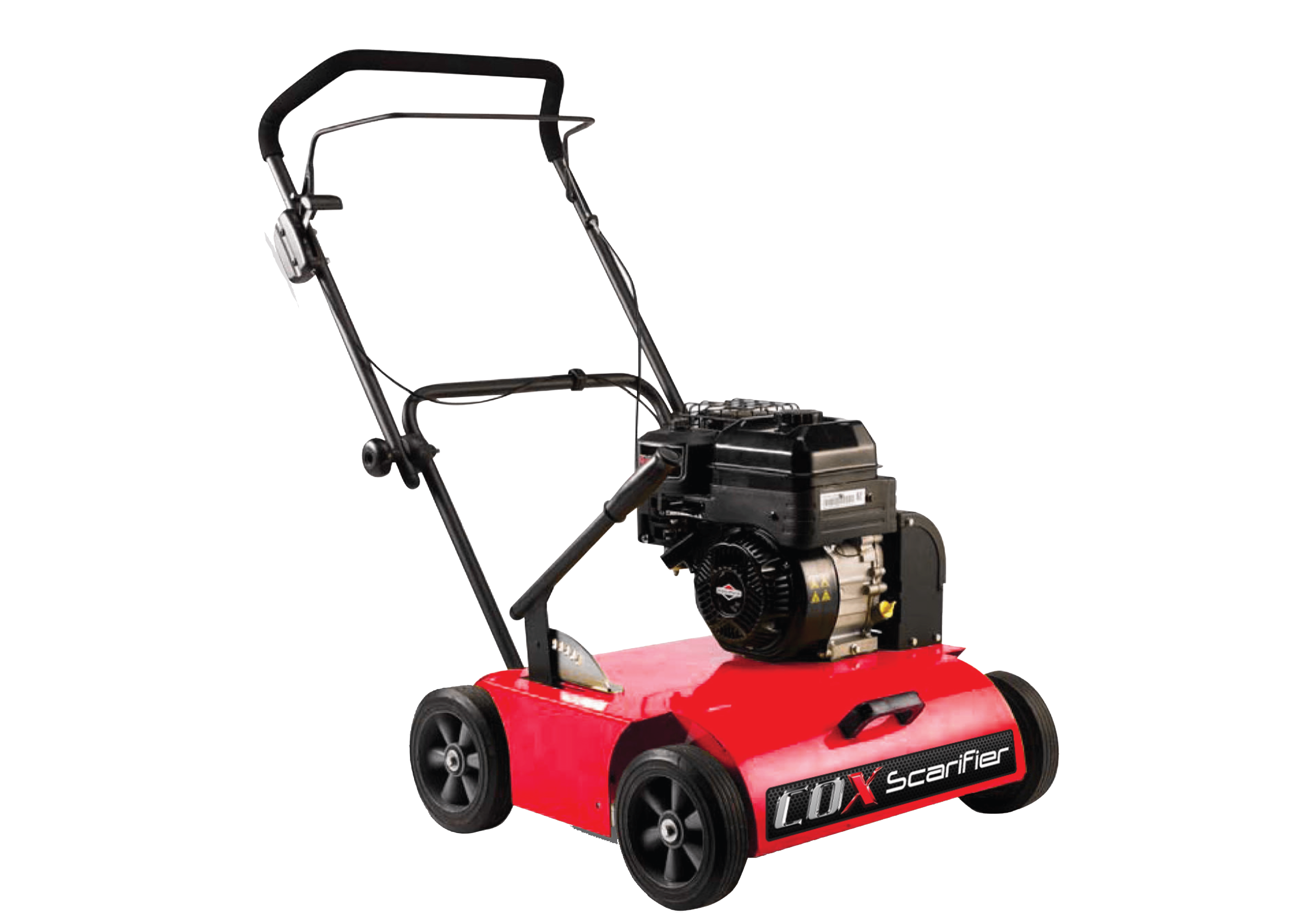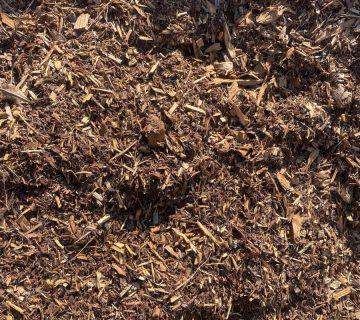If your plants look thirsty after every watering, sit in puddles for days, or just refuse to thrive, the culprit is often under your feet. This guide walks you through the most common garden soil problems—how to diagnose them quickly and fix garden soil issues with simple, low-cost steps.
Quick Soil Health Check (60-second diagnostics)
- Water test: After watering, does water sit on top? (Compaction or hydrophobic soil.) Disappear instantly? (Excess drainage/low organic matter.)
- Squeeze test:
- Plasticine-like clod = heavy clay (drainage/compaction issues)
- Gritty, falls apart = sandy (poor nutrient/water holding)
- Crumbly, spongy = healthy loam
- Plasticine-like clod = heavy clay (drainage/compaction issues)
- Surface look: Crusting/cracking = hydrophobic/compaction. Channels/bare patches after rain = erosion.
- Plant signals: Yellowing = nutrient imbalance; stunted roots = compaction; wilting while soil is wet = poor drainage.
1.) Poor Drainage & Waterlogging
Symptoms: Pooling water, sour smell, roots brown/black, yellowing leaves, fungal issues.
Causes: Heavy clay, compacted subsoil, flat/low areas, blocked run-off.
Fast fixes:
- Spike & amend: Fork 15–20 cm deep every 15 cm; brush fine compost into holes.
- Gypsum for clay: Apply as directed to flocculate clay (doesn’t change pH).
- Raise roots: Use 20–30 cm mounds or raised beds.
Long-term fixes:
- Organic matter loading: 3–5 cm compost twice yearly; 5–7 cm mulch.
- Drainage works: French drain or swale to redirect water.
- Right plant, right place: Choose moisture-tolerant species for low spots.
2.) Hydrophobic (Water-Repellent) Soil
Symptoms: Water beads and runs off; dry under the mulch after rain.
Fast fixes: Apply a soil wetting agent; lightly rake the crusted top 1–2 cm.
Long-term: Mix compost + small amounts of clay-based conditioner; maintain 5–7 cm organic mulch.
3.) Compaction (Hard, Airless Soil)
Symptoms: Hard to dig, puddling, poor rooting.
Fast fixes: Vertically loosen with a fork/broadfork; add stepping stones to create no-walk zones.
Long-term: Deep-rooted cover crops (lucerne/daikon) to bio-aerate; regular compost top-dressing.
4.) Erosion (Soil Washing/Blowing Away)
Symptoms: Exposed roots, rills after rain, thinning topsoil.
Fast fixes: 5–7 cm mulch; secure slopes with jute netting; contour with small swales/berms.
Long-term: Living ground covers; manage roof/runoff with rain gardens or tanks.
5.) Nutrient Imbalance
Symptoms: Pale leaves (N), purple tinge (P), burnt tips/salt crust (over-fertilising).
Best practice: Do a soil test yearly.
Fixes:
- Top-dress 2–3 cm of compost first.
- Use pelletised manures or controlled-release fertilisers at label rates.
- Foliar seaweed/fish emulsion fortnightly for quick recovery.
6.) pH Problems
Symptoms: Nutrients present but “locked up”.
Diagnose: pH kit.
Fixes:
- Acidic: Garden lime (dolomite if Mg is low); re-test in 6–8 weeks.
- Alkaline: Elemental sulphur; build organic matter; use acid-leaning mulches.
- Water quality: High bicarbonate water can push pH up—mulch and compost buffer this.
7.) Excess Drainage & Low Water-Holding (Sandy Soils)
Symptoms: Fast drying, fertiliser “disappears”.
Fixes:
- Blend compost + charged biochar (soak 24–48 hrs in nutrient solution).
- Add clay-based conditioner for structure.
- Feed little-and-often with controlled-release pellets and regular liquid feeds.
8.) Salinity & Coastal Splash (Where Relevant)
Symptoms: Leaf burn, stunting, white crust on soil.
Fixes: Deep, infrequent irrigation to leach (only with good drainage); add organic matter; pick salt-tolerant species.
Watering That Works (and Saves Water)
- Deep, infrequent cycles to encourage deep roots.
- Early morning watering reduces evaporation/disease.
- Finger rule: Water when the top 5 cm is dry (seedlings/heatwaves excepted).
- Drip/soaker hoses plus mulch target roots and cut waste.
Safe, Sustainable Additions
- Compost: Improves structure, nutrients, microbiology.
- Mulch: Sugarcane, lucerne, composted bark—keep clear of stems.
- Gypsum: For dispersive clays without shifting pH.
- Wetting agents: Essential for hydrophobic sands.
- Biochar: Always pre-charge before use.
Common Mistakes to Avoid
- Digging/tilling when the soil is wet (compaction).
- Over-tilling every season (destroys aggregates).
- Over-fertilising (root burn, microbe damage).
- Skipping mulch (heat, evaporation, erosion).
Simple Seasonal Plan
- Autumn & Spring: 2–3 cm compost + replenish mulch.
- Quarterly: Wetting agent on sandy/hydrophobic beds.
- Twice yearly: pH check and adjust.
- After big rains: Inspect for pooling, rills, or bare patches and fix promptly.
When to Call a Pro?
Persistent waterlogging, complex slope erosion, suspected contamination, or tree decline near structures warrants a visit from a horticulturist or soil specialist.
Handy Checklist
- Observe how water behaves after a deep soak
- Do a squeeze texture test
- Add compost (2–3 cm) and mulch (5–7 cm)
- Treat hydrophobic areas with a wetting agent
- Loosen compaction with a fork, not a tiller
- Use gypsum on heavy clay (as directed)
- Adjust pH only after testing
- Choose plants suited to your site
Need Soil Fast?
Diggers Landscape Supplies has the soil you need — in stock and ready to go. Order now and get the right mix for garden beds, top-dress, turf underlay, and more.
Frequently Asked Questions
How quickly will I see results?
Surface fixes (wetting agent, forking, mulch) can help within days. Soil-structure improvements from compost/biochar build over weeks to months.
Is gypsum always good for clay?
Helpful for dispersive clays but not a substitute for organic matter. Use both for best results.
Can I fix garden soil issues without digging?
Yes. Top-dressing with compost, mulching, and strategic forking (not turning) can rejuvenate soil with minimal disturbance.


